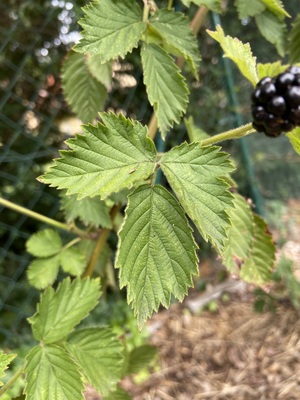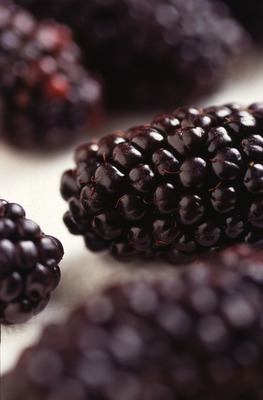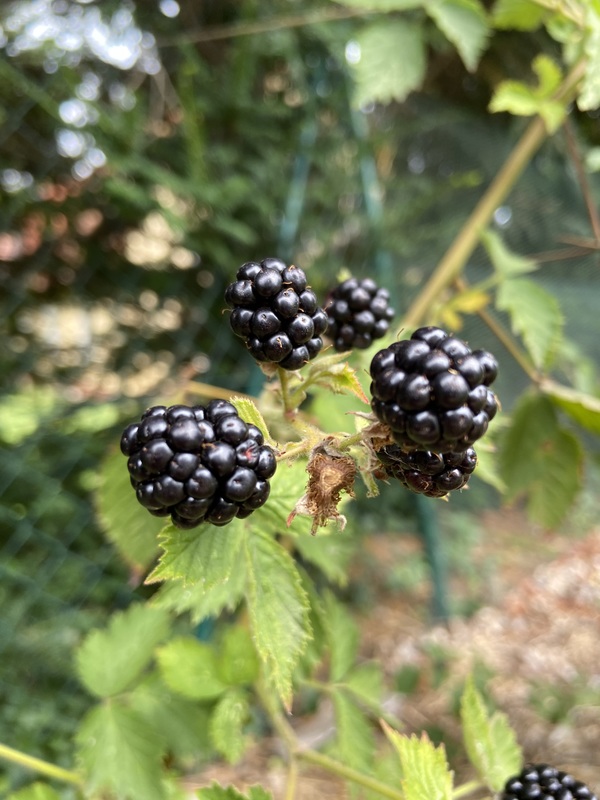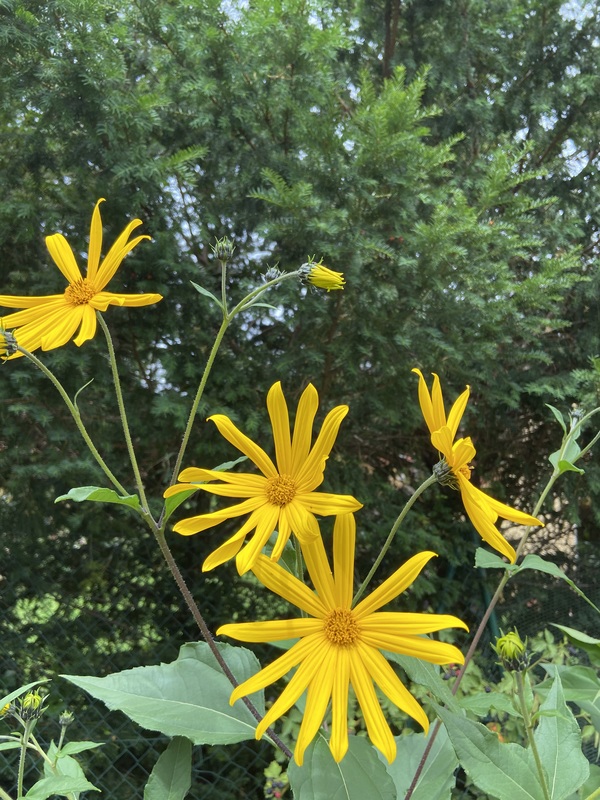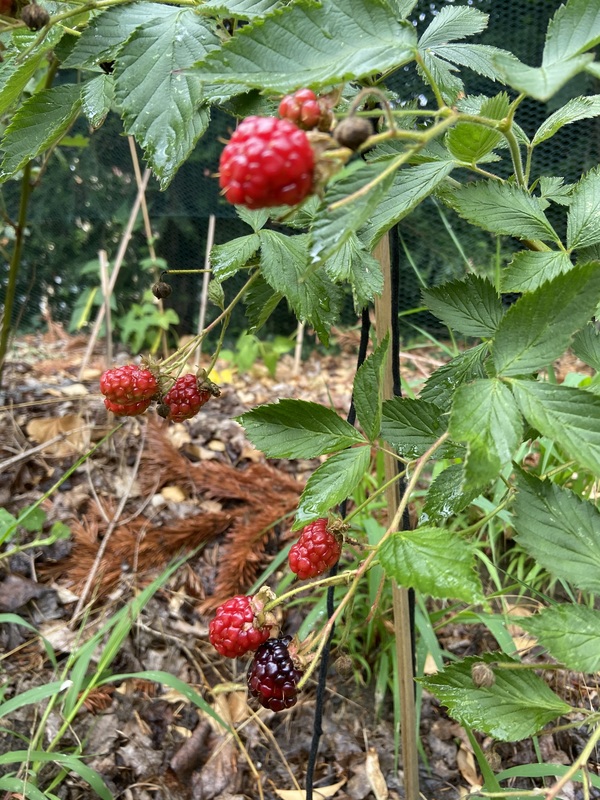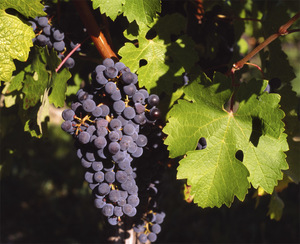Description
Blackberry (Rubus fruticosus) is a plant native to many parts of the world, including Europe, Asia, North America, and South America. It is a woody, perennial shrub that typically grows to 3-6 feet in height and spreads via long, trailing stems that root at the nodes to form dense thickets. The leaves are typically green and compound, with 3-5 leaflets arranged along the stem. The flowers are white or pink and have 5 petals, and they are followed by the plant’s fruit, which are small, black berries that are edible and sweet.
In terms of growing conditions, blackberry plants prefer well-drained, fertile soil and full sun to partial shade. They can be grown from seeds or cuttings, and they can be trained to grow along a trellis or fence for support. To cultivate blackberry plants successfully, a grower may need to prune the plants regularly to encourage new growth and remove dead or diseased stems.
Blackberry plants are edible and the fruit can be eaten fresh or used to make jams, jellies, and pies. The leaves and roots of the plant can also be used in traditional medicine, and the plant is known to have astringent, anti-inflammatory, and diuretic properties. In addition to their edible and medicinal uses, blackberry plants can also provide valuable habitat and food for wildlife, including birds and small mammals.
